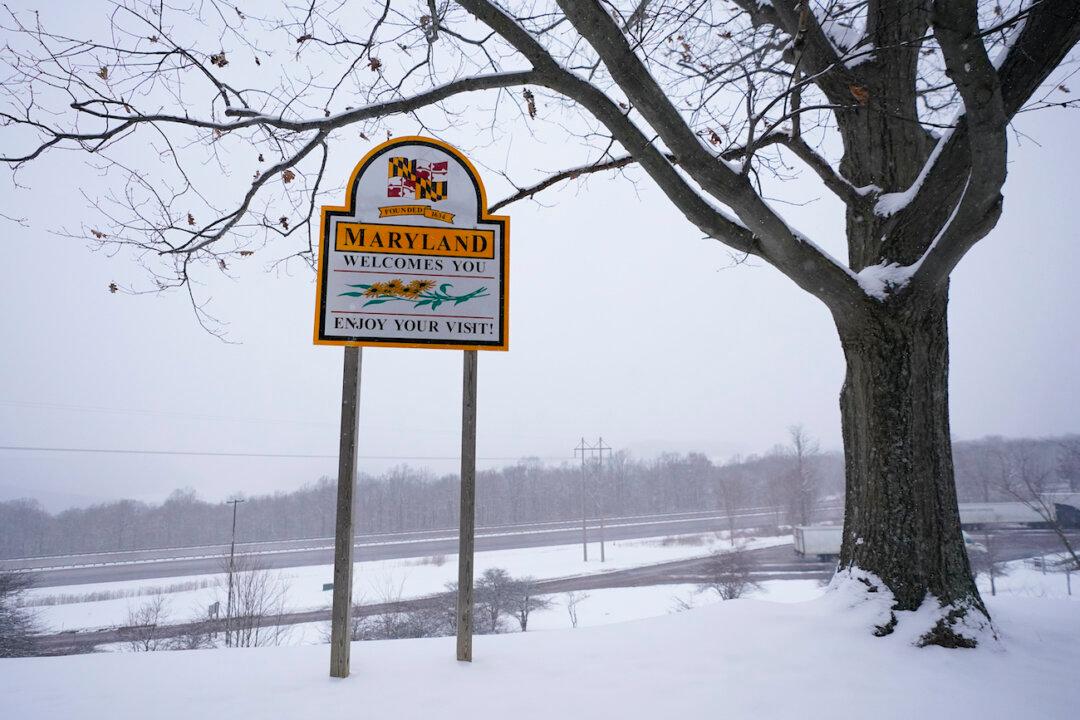A powerful winter storm sweeping up the U.S. east coast has prompted blizzard warnings in several states and is expected to affect more than 10 million people who are being advised to prepare for coastal flooding, heavy snow that could significantly reduce visibility, and high winds that could cut power and bring down tree branches.
Specifically, parts of 10 states—Maine, New Hampshire, Massachusetts, Rhode Island, Connecticut, New York, New Jersey, Delaware, Maryland, and Virginia—are expected to face blizzard conditions late Friday to Saturday, and potentially early Sunday, according to the National Weather Service.




